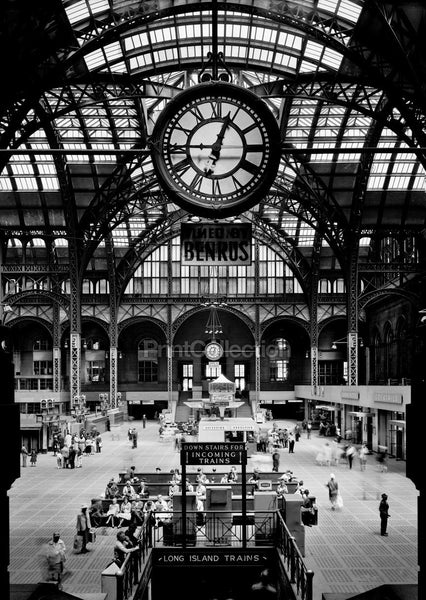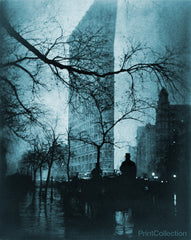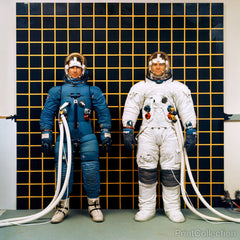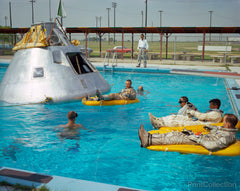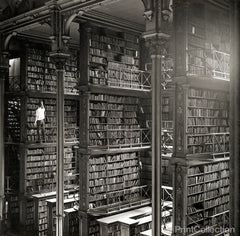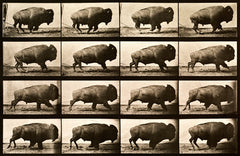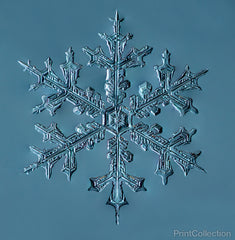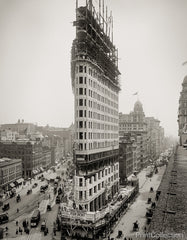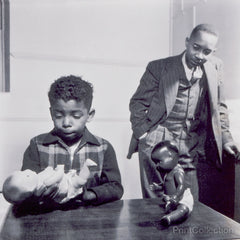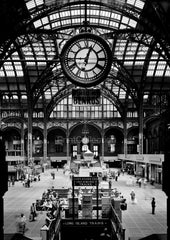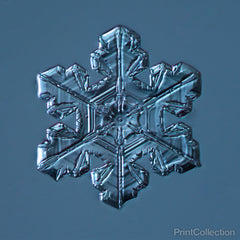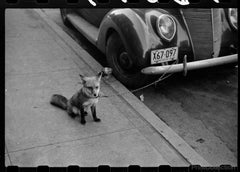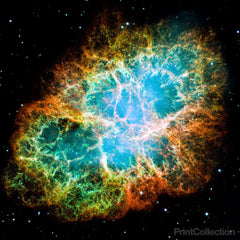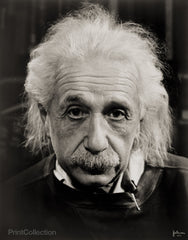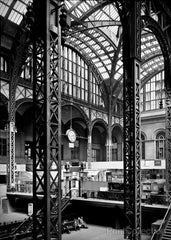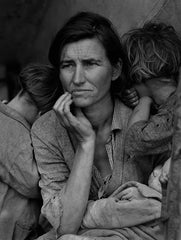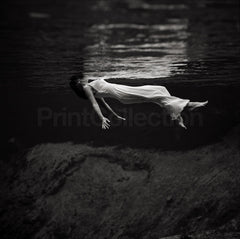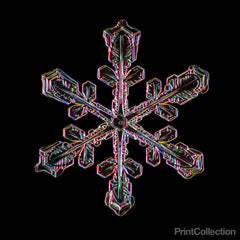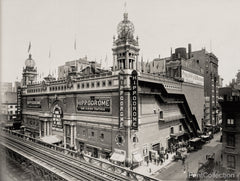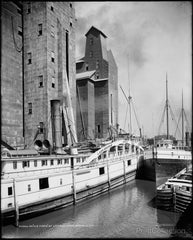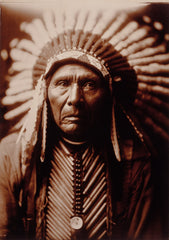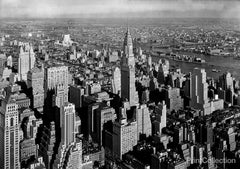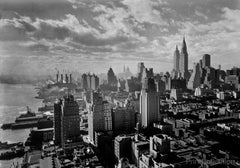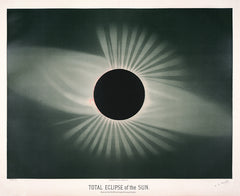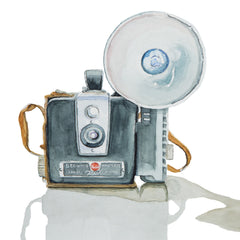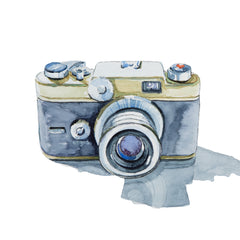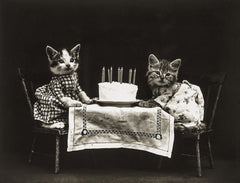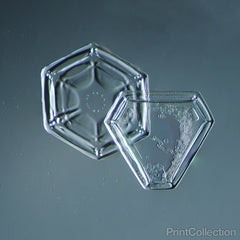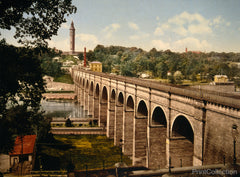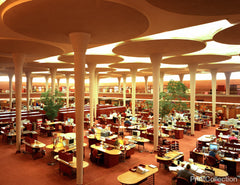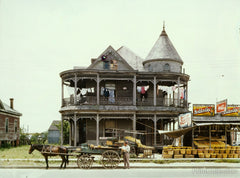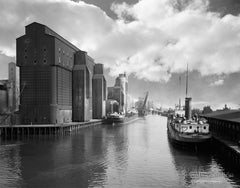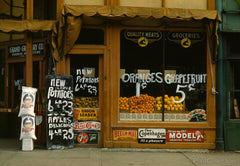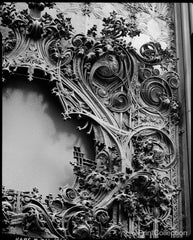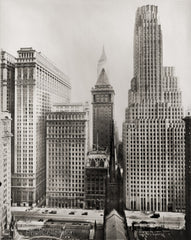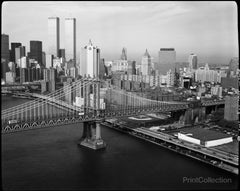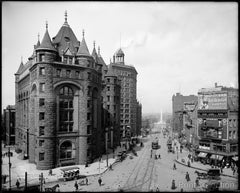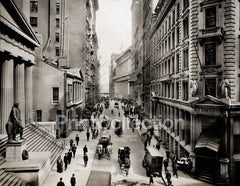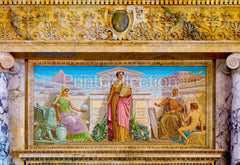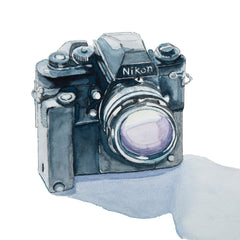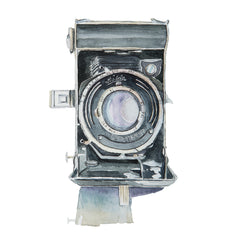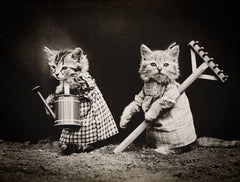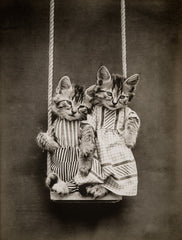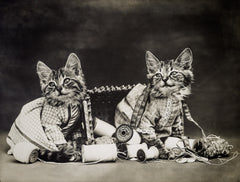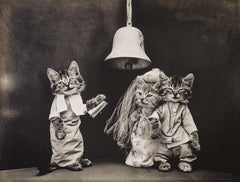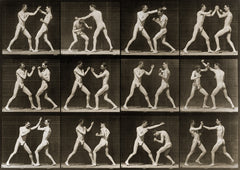Pennsylvania Station, 370 Seventh Avenue, Concourse from South
Your custom Outdoor Throw Pillow with Insert is printed on two sides and made from 100% spun polyester poplin fabric, a high quality product that will look great in your home. This custom cut and hand sewn pillow is available in square and rectangle proportions to best fit your image. The included pillow insert is not removable.
Outdoor Pillow with Insert. No UV Properties - Waterproof and Mildew Proof.
Your custom Throw Pillow with Insert is printed on two sides and made from 100% spun polyester poplin fabric, a high quality product that will look great in your home. This custom cut and hand sewn pillow is available in square and rectangle proportions to best fit your image. The pillow is finished with a concealed zipper for easy care.
This product includes a pillow insert. Spot Clean Only.
Your custom Throw Pillow Cover is printed on two sides and made from 100% spun polyester poplin fabric, a high quality product that will look great in your home. This custom cut and hand sewn pillow is available in square and rectangle proportions to best fit your image. The pillow is finished with a concealed zipper for easy care.
This product does not include a pillow insert. Spot Clean Only.
Pennsylvania Station, 370 Seventh Avenue, West Thirty-first, Thirty-first-Thirty-third Streets, New York, New York, NY. Cervin Robinson, Photographer April 24, 1962. Other Title: Penn Station Related Names: Charles Follen McKim, William Rutherford Mead, Stanford White. Photo 5 x 7 in. Building/structure dates: 1903 initial constructionBuilding/structure dates: 1963 demolishedSignificance: The construction of Pennsylvania Station was one part of a large building program undertaken in 1903 by the Pennsylvania Railroad Company. Included in this program was the construction of tunnels under the North River, which enabled Pennsylvania Railroad trains to enter Manhattan directly from New Jersey for the first time.Because the trains entered on tracks below ground level, the architects did not follow any of the more common architectural forms for a railway station and designed instead a rather low, colonnade facade...The rich sequences of spaces in the terminal culminated in the great concourse with its glass and steel roof. The design of the main waiting room was reputedly based on the Roman Baths of Caraculla. From a planning standpoint, the station was important for its separation of various forms of transportation on different levels and for the convenience of its many entrances and exits to the city.Pennsylvania Station was built during the Golden Age of railroading, when its owners intended the terminal not only to serve the specific needs of the railroad by also to embellish the city as a monumental gateway.


